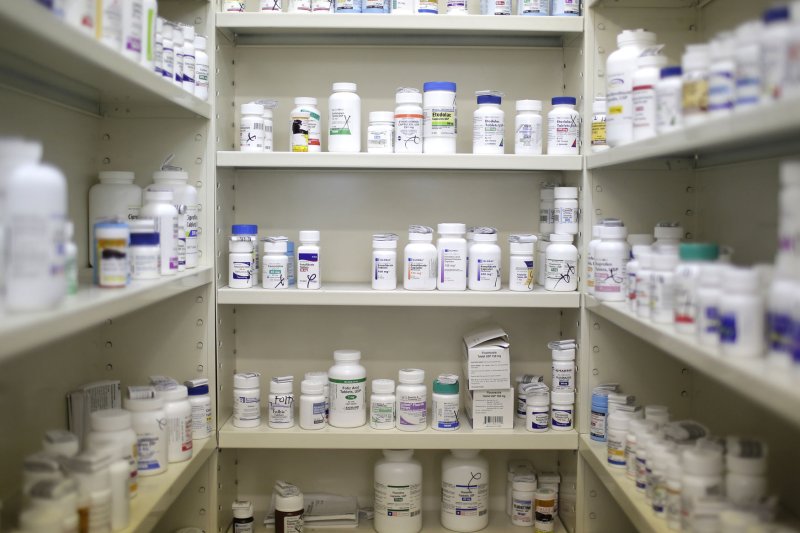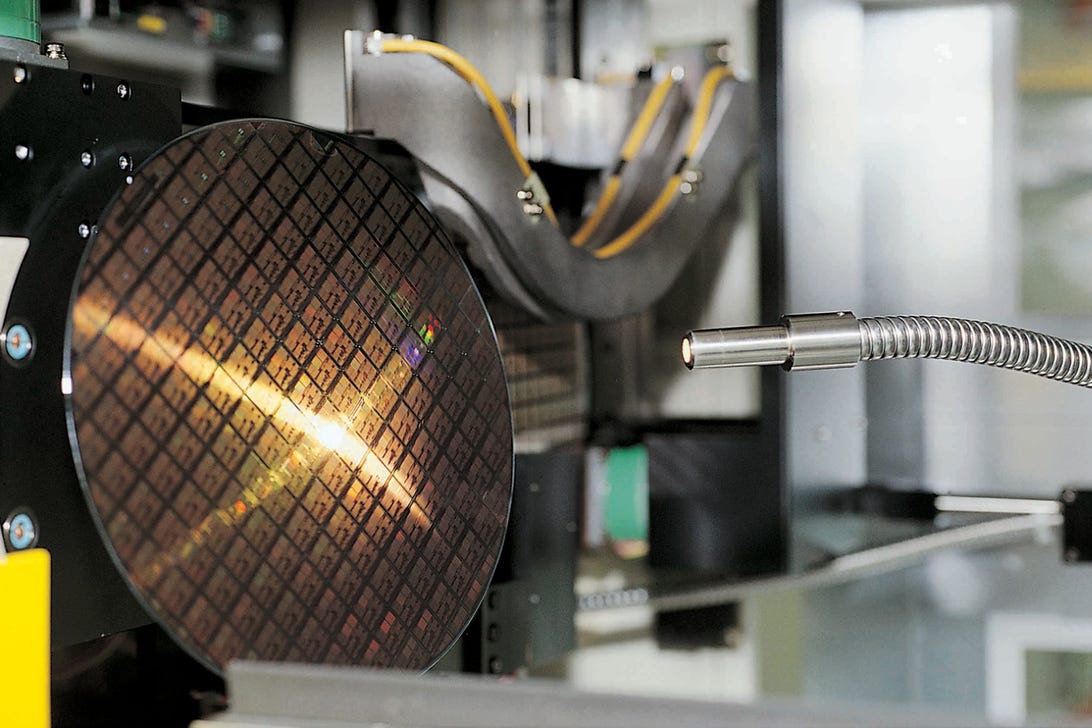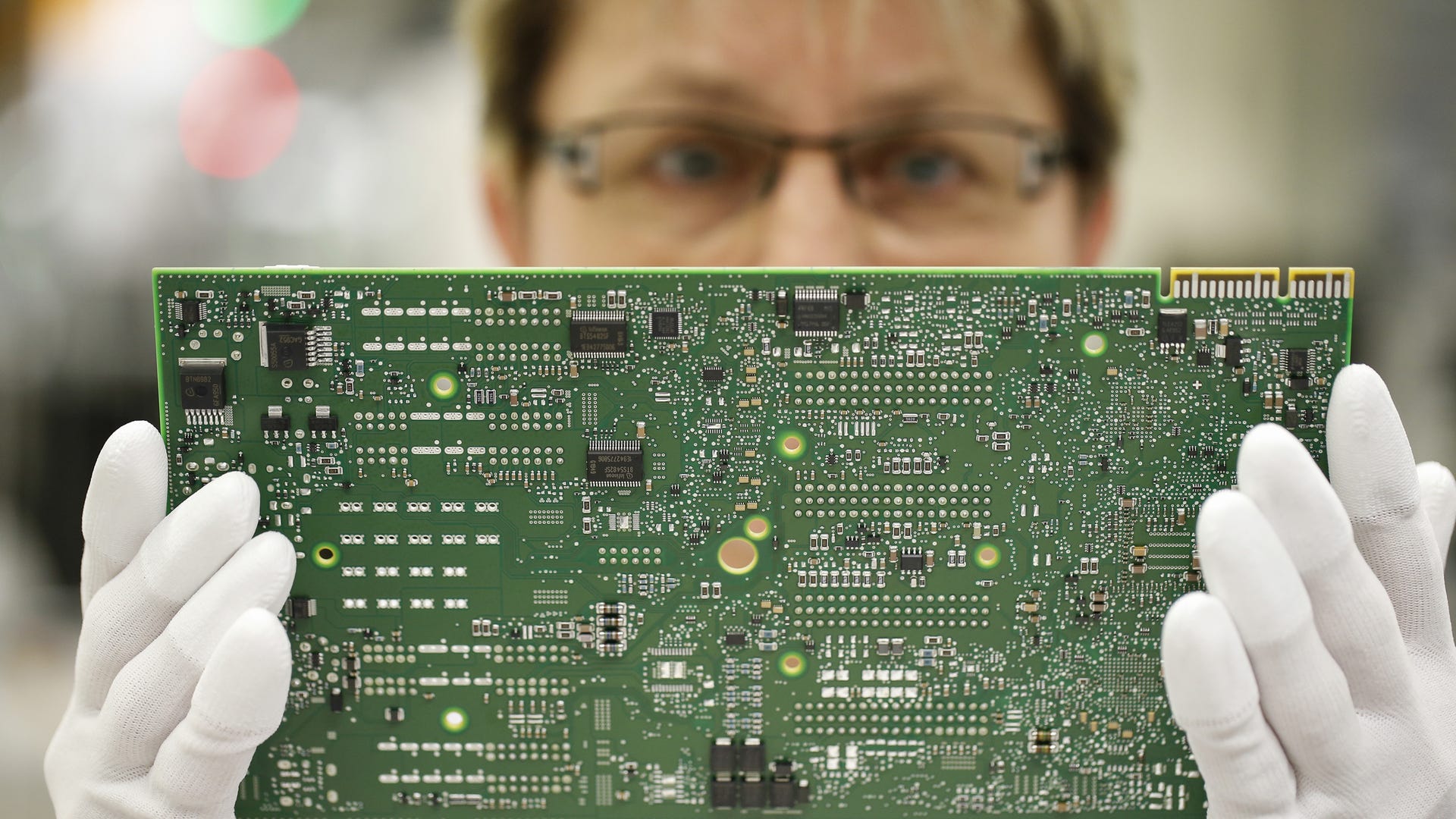This is going well: Meta adds anti-grope buffer zone around metaverse VR avatars
Removing characters' hands evidently not enough to halt harassment
Meta Platforms Inc, better known for its controversial turn as Facebook, says its mission is to, "Give people the power to build community and bring the world closer together." But not too close, it seems.
The mega-corp wants to keep people apart in its metaverse. The ad biz, besotted with virtual reality now that it can no longer move fast and break things with impunity in the real world, has committed to cartoon social distancing.
Henceforth, avatars in its Horizon Worlds and Horizon Venues will be able to approach no closer than four feet – as that distance would be rendered to whatever scale fits the viewer's display screen – to prevent virtual molestation.
Vivek Sharma, VP of Meta's Horizon group, refers to the company's grope gap as a "Personal Boundary."
"Personal Boundary prevents avatars from coming within a set distance of each other, creating more personal space for people and making it easier to avoid unwanted interactions," he explained in a blog post on Friday.
These Personal Boundaries, he says, will prevent other avatars from invading your avatar's personal space, without any haptic feedback to simulate a collision.
"This builds upon our existing hand harassment measures that were already in place, where an avatar’s hands would disappear if they encroached upon someone’s personal space," Sharma explained.
Online harassment, trolling, and toxic behavior has been a problem on the internet since modems and bulletin boards. Those who have followed the tech industry for a while may recall a 1993 Village Voice article by author Julian Dibbell titled, "A Rape in Cyberspace," about text-based torment.
Well, that sort of behavior, something every mass market multiplayer game has had to confront, found its way into graphic environments where it has proven to be no more welcome and no easier to get rid of. It was a problem more than a decade ago in the precursor to the modern headset-based metaverse, Second Life, where virtual rape was sold for Linden dollars and sexual assaults on avatars are said to have accounted for about 20 per cent of reported infractions.
And it's a problem today. As the MIT Technology Review put it two months ago, "The metaverse has a groping problem already." The word "already" here might be better interpreted to mean "since forever."
Carked it, Diem? Zuckerberg's grand cryptocurrency thing may sell off assets for $200m
A Pew Research study last year found 41 per cent of Americans have experienced some form of online harassment, a rate comparable to 2017. But certain forms of harassment show signs of rising: 11 per cent reported online sexual harassment, up from 5 per cent in 2014.
About 79 per cent of Pew Research respondents said social media companies are doing "an only fair or poor job at addressing online harassment or bullying on their platforms."
In a move underscoring the risk that unchecked cartoon abuse poses to Meta's multibillion dollar metaverse pivot, ad biz is activating Personal Boundary by default. "[W]e think this will help to set behavioral norms – and that’s important for a relatively new medium like VR," explained Sharma, allowing that such safety measures may get more customizable over time.
When Facebook grudgingly rolled out privacy controls for its social ad platform, they generally were not on by default.
So strap on your VR headset and enjoy a romp in a pixelated world, secure in the knowledge that between the hand-hiding and invisible barriers no one will "reach out and touch someone," as AT&T used to suggest. Just be careful not to injure yourself, which happens occasionally, and if you experience nausea, eye strain, or loss of balance, discontinue use immediately. The Health and Safety warning documents for Meta Quest (Oculus) headsets are extensive [PDF].
If you lose your lunch cavorting at a safe distance from VR trolls, know that Meta is losing its cash to bring this not-so-safe experience to you. At the company's recent earnings fiasco, Meta for the first time broke out revenue for Reality Labs, its metaverse division. In 2021, Reality Labs recorded a $10.2bn loss, having spent $12.5bn to earn $2.3bn in revenue.
That's more than twice the $1.1bn in revenue Reality Labs saw in 2020, but it's not yet close to being a healthy business. ®











